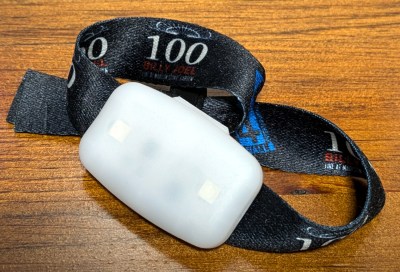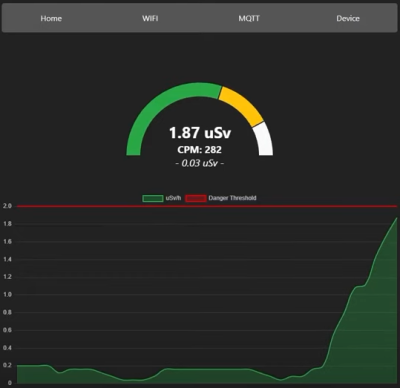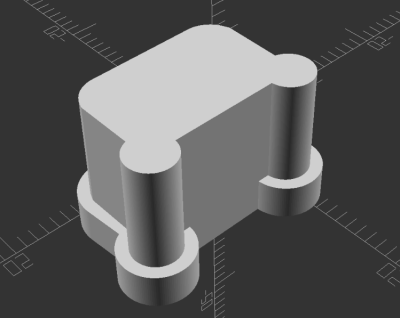Every year, as consumers gobble up the latest Android devices, more old, but perfectly serviceable, units end up collecting dust in drawers. Or worse, they end up getting tossed in the trash. One of the most promising tools we have to help keep these older devices useful is postmarketOS, a full-fledged Linux distribution that provides a flexible and up-to-date software environment on devices that might otherwise be stuck with some old and unsupported version of Google’s mobile operating system.
As of the latest update on the postmarketOS blog, the team has announced an exciting milestone: over 250 devices can now boot the stable release of the OS.
 Now to be clear, not all devices will be fully functional. In fact, the blog post clarifies that some of them only barely boot. But it’s progress, and now that these semi-supported devices aren’t hidden behind a development version of the OS, it means more folks will be able to put them to use.
Now to be clear, not all devices will be fully functional. In fact, the blog post clarifies that some of them only barely boot. But it’s progress, and now that these semi-supported devices aren’t hidden behind a development version of the OS, it means more folks will be able to put them to use.
For example, if you want to turn your old smartphone into a low-energy headless webserver, it doesn’t really matter if its display, touchscreen, or speakers are supported. You just need it to boot into Linux and fire up an SSH server so you can get in and start working.
But support for new devices is just one of the additions in this new v24.06 release. The blog post also points out several notable software upgrades, including the move to the 6.x branch of KDE Plasma Mobile. This brings with it a long list of improvements and changes, including a rewritten homescreen with enhanced customization options. If you prefer a more minimal GUI, don’t worry. This new release also updates Sxmo, which provides a menu-driven interface for both touch screens and hardware controls.
Among the newly supported devices is a generic x86_64 image that should work on a wide array of PCs. While obviously there’s no shortage of Linux distros you could run on your old computer, being able to install postmarketOS on it is definitely helpful for development purposes. There’s also a new Tegra ARMv7 target which brings a number of new devices into the fold, such as the Google Nexus 7, and Microsoft Surface RT.
Looking to run postmarketOS on your own hardware? The best way to start is to check the Devices page and see how many of those old gadgets you’ve got collecting dust in a drawer are compatible.























